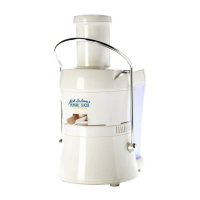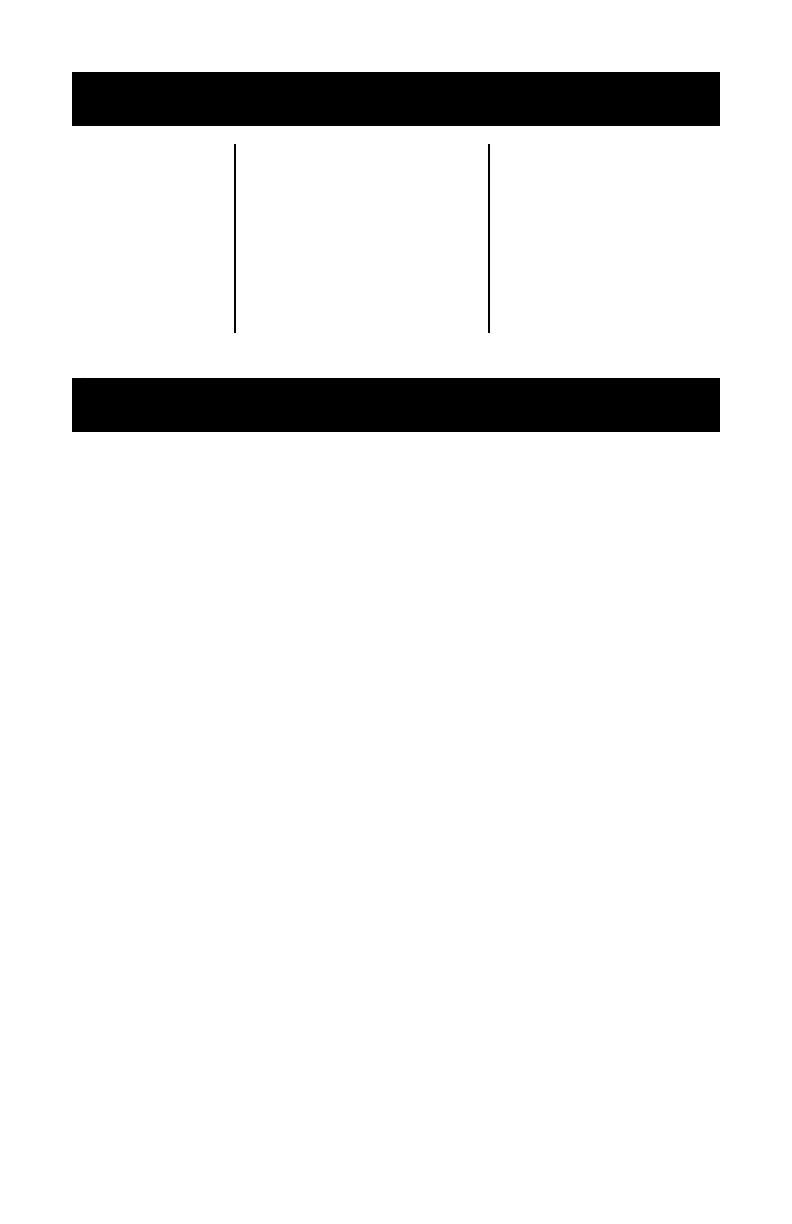16
Fruits and Vegetables:
Containing a Large Juice Content
Apples
Cantaloupe
Celery
Clementines
Cranberries
Cucumber
Grapefruits
Grapes
Honeydew Melon
Lemon
Lime
Oranges
Peppers
Pineapple
Tangerines
Tomatoes
Watermelon
DO NOT JUICE
Some fruits and vegetables cannot be juiced due to their inability to produce
juice. Although they are unable to be juiced, that does not mean we should not
enjoy them on a daily basis as part of a healthy diet. Examples are: avocado,
banana, and coconut.
Never use the green tops of rhubarb. Oxalic acid is toxic in the leaves. There are
so many other healthy fruits and vegetables available that it’s just easier and
safer to skip rhubarb as a juice source.
CLEANING YOUR JUICER
We have made juicer clean up as easy as possible. All of the components,
with exception of the motor base, can be put in your home dishwasher.
We recommend top rack placement as temperatures near the bottom drying
element may vary with manufacturer.
Caution: Some commercial and foreign made dishwashers may reach internal
temperatures that are higher than machines made for home use by U.S.
standards. Do not use these dishwashers with your Power Juicer. The higher
temperatures may cause damage to your juicer. Check with your dishwasher
manufacturer before using.
For easiest clean up, we recommend you rinse/clean your Power Juicer
immediately after juicing. This will help prevent fruit/vegetable bers from
hardening on the components, making it more difcult to clean.
• Turn off the power switch and wait until the motor completely stops.
• With dry hands, unplug the AC cord from electrical outlet.
• Disassemble the machine. (See disassembly instructions pages 6-7.)

